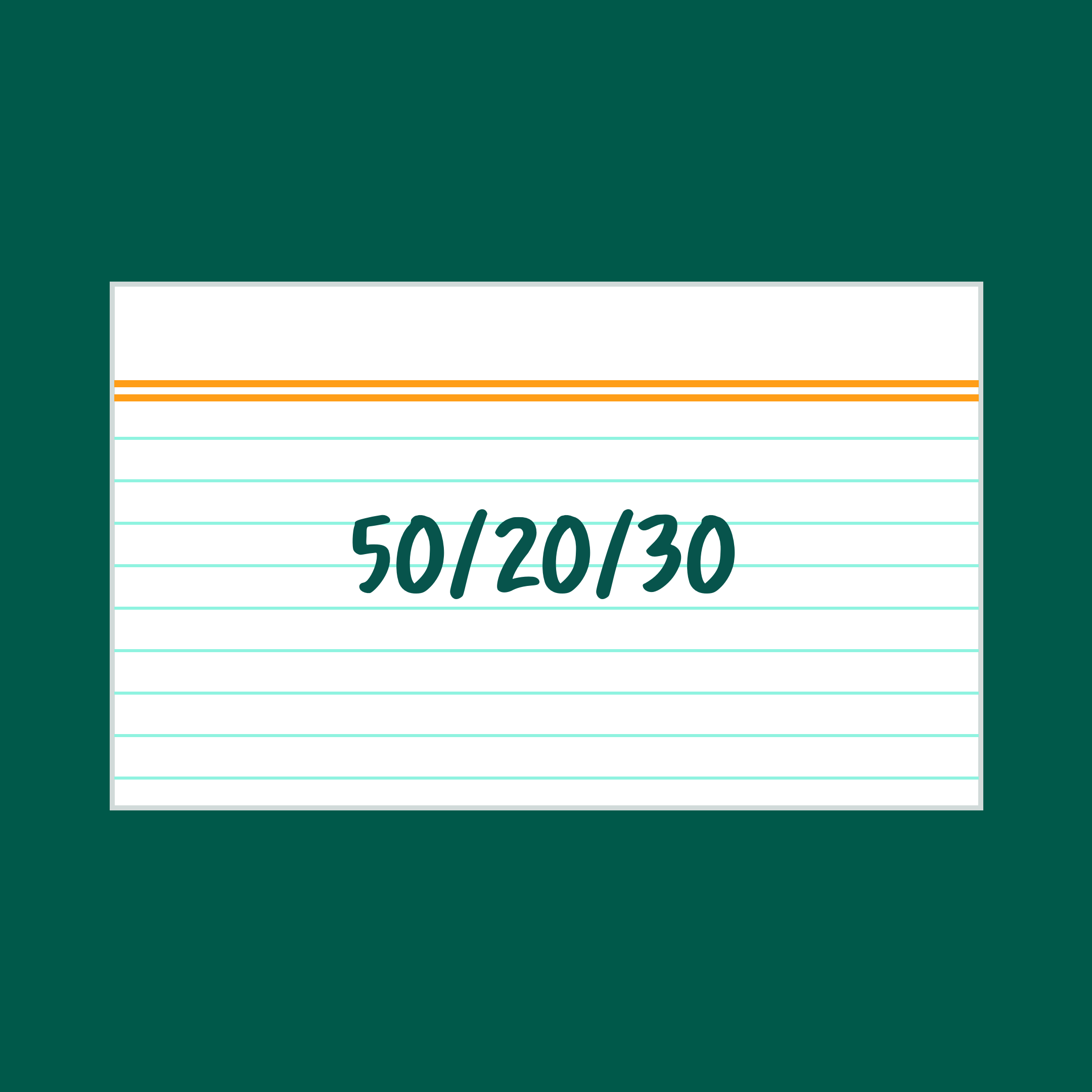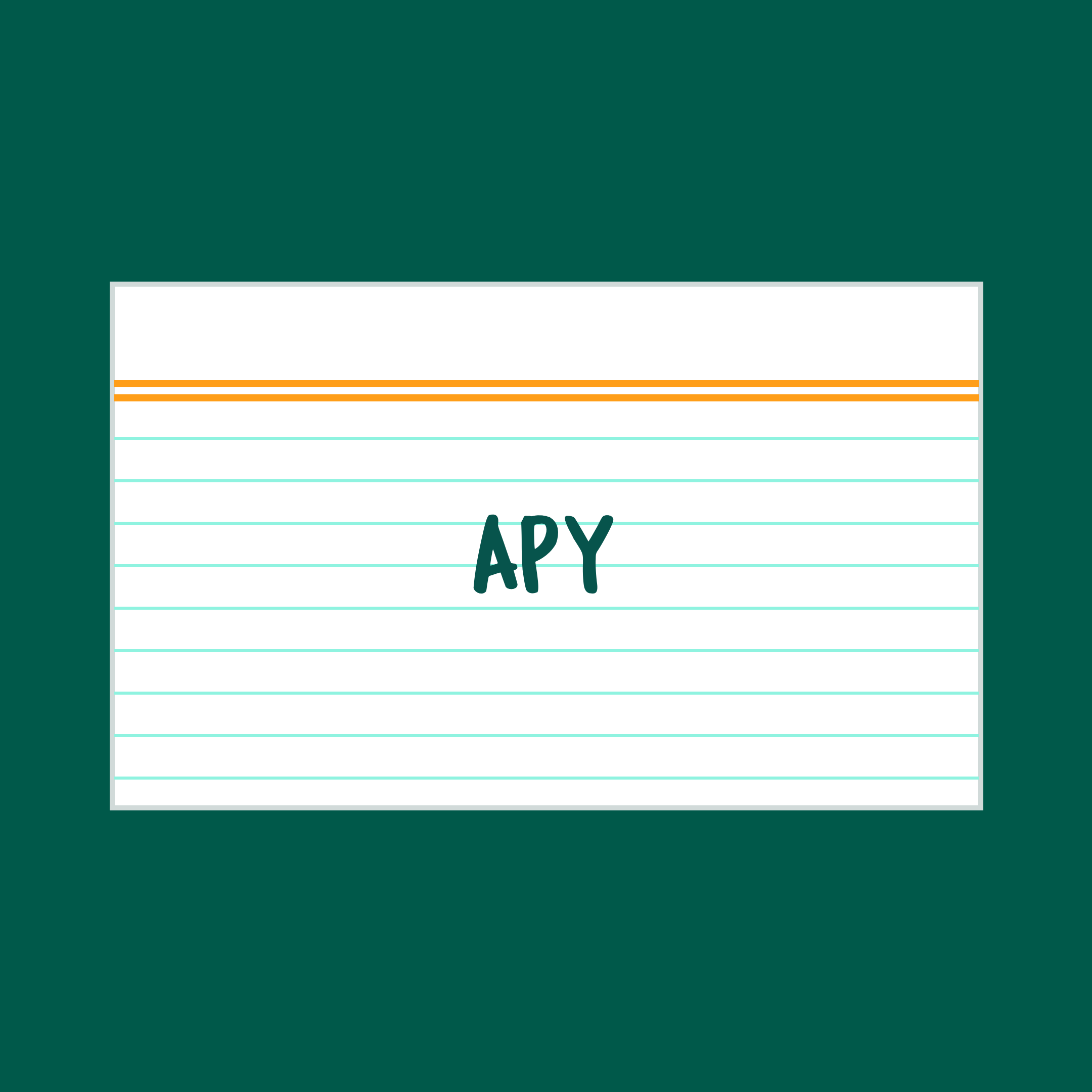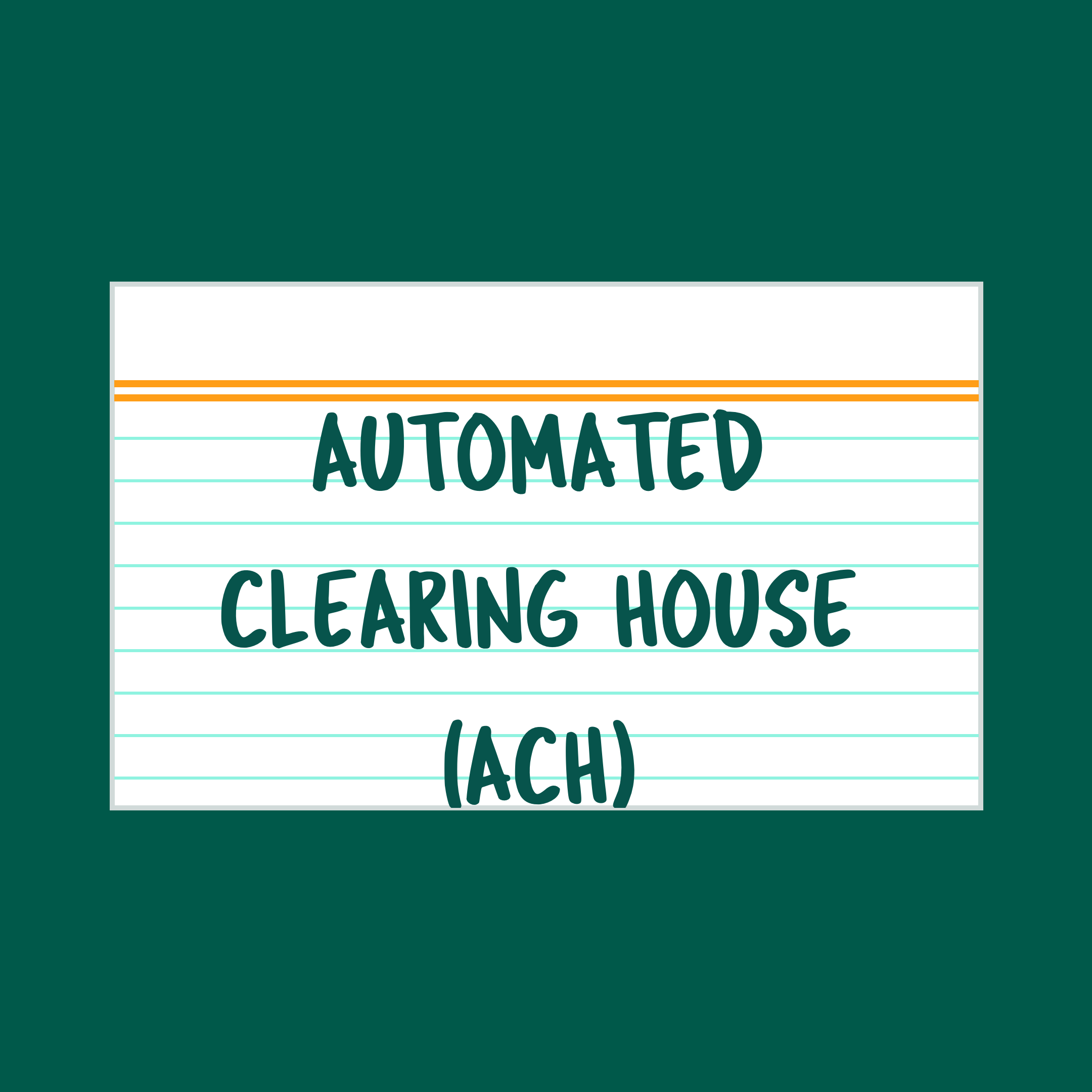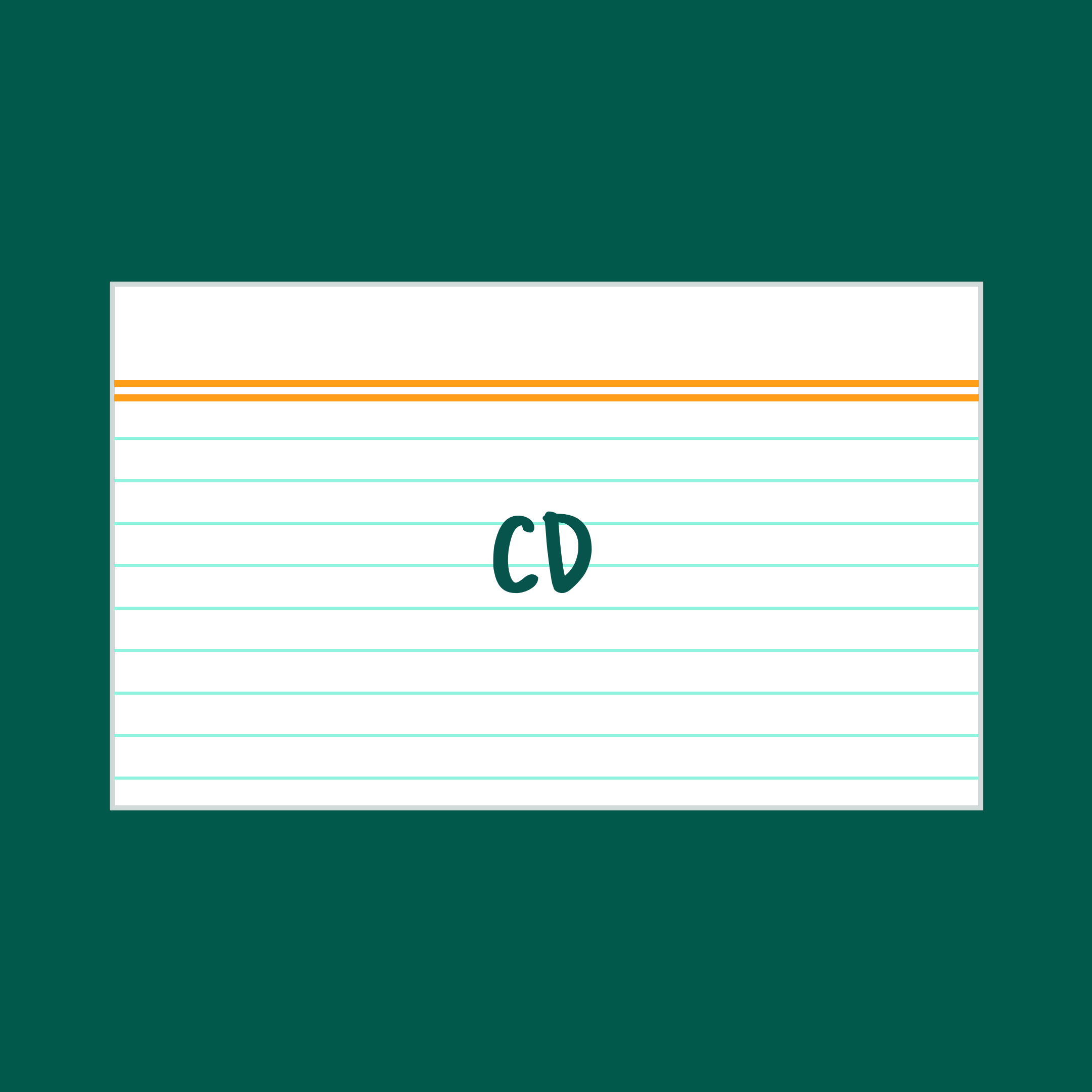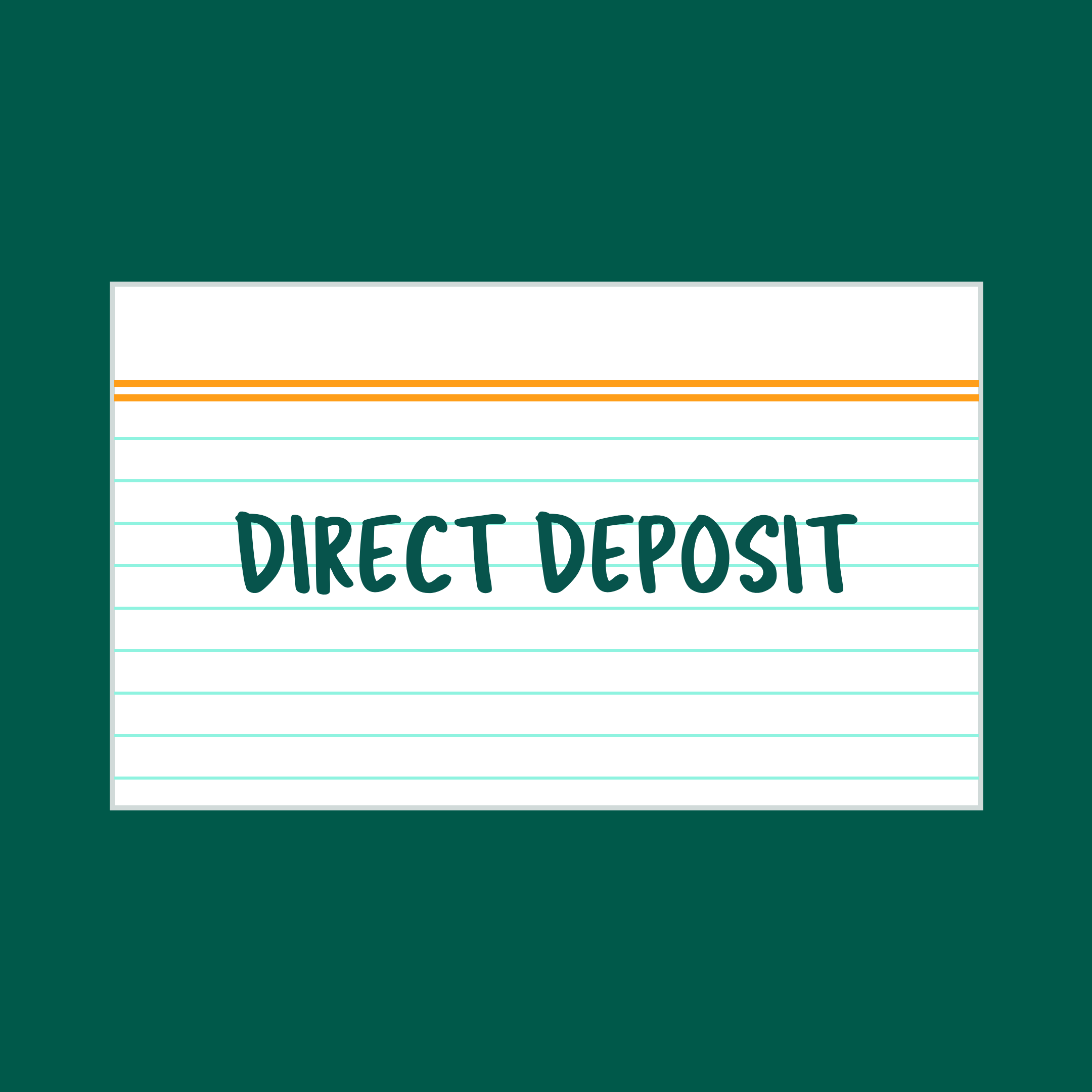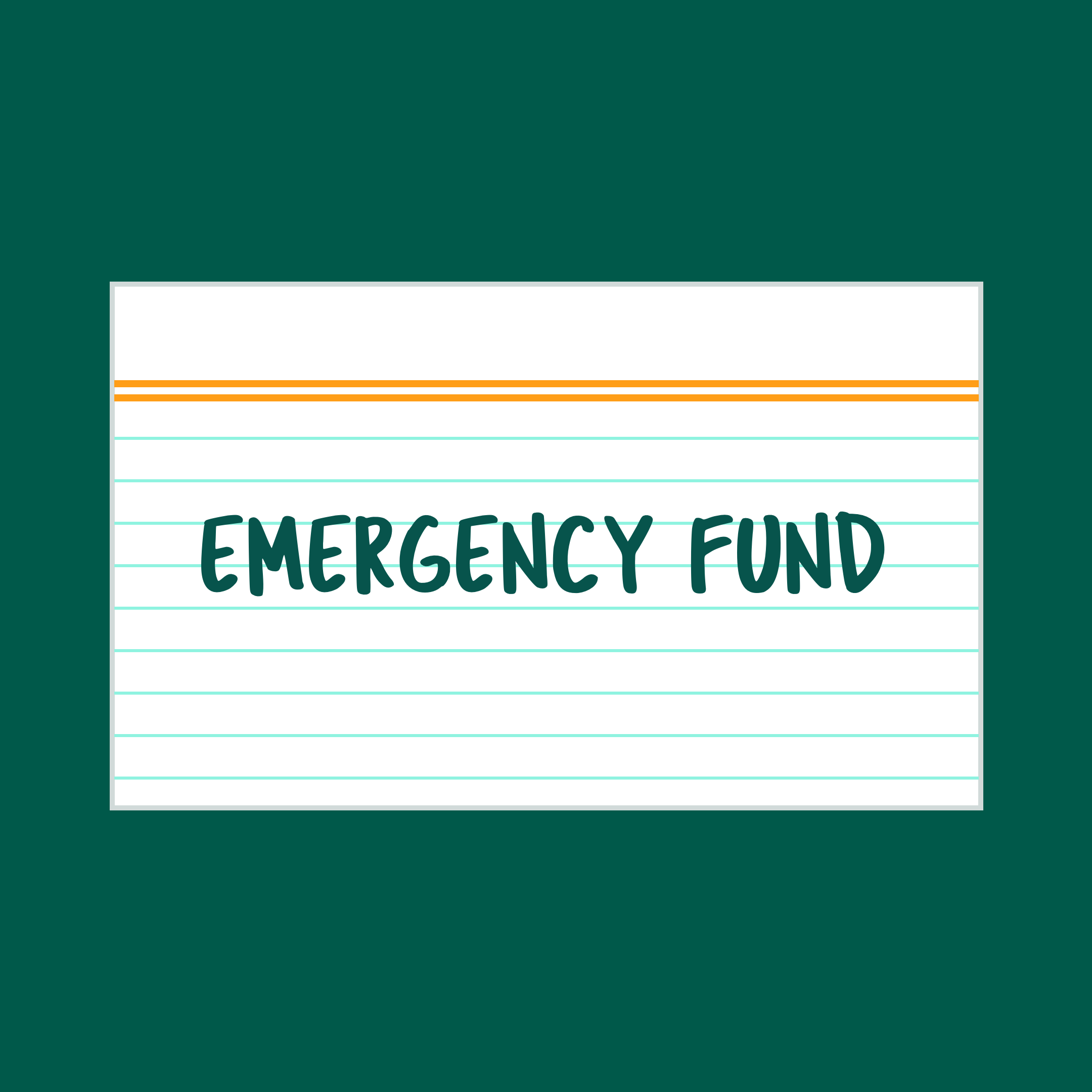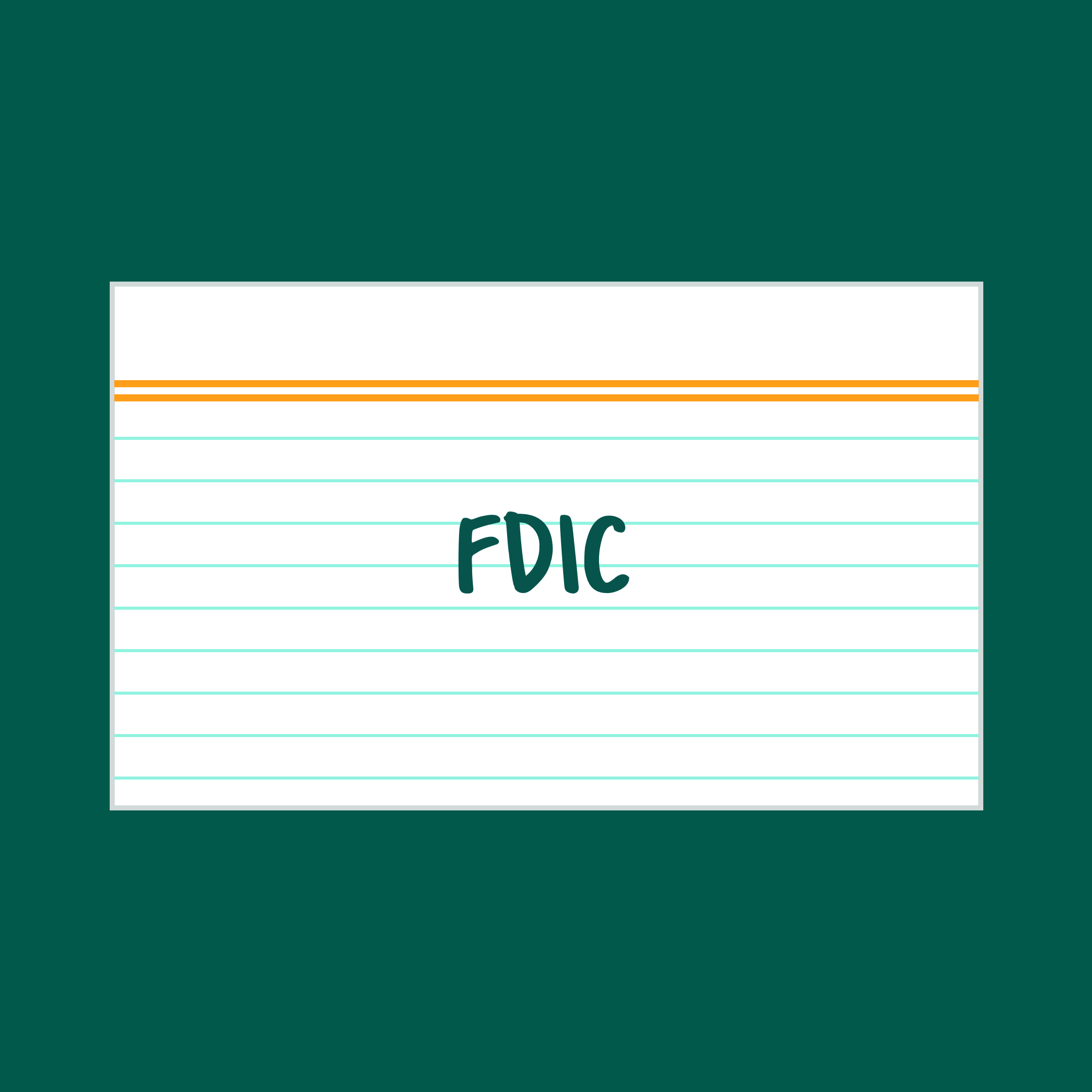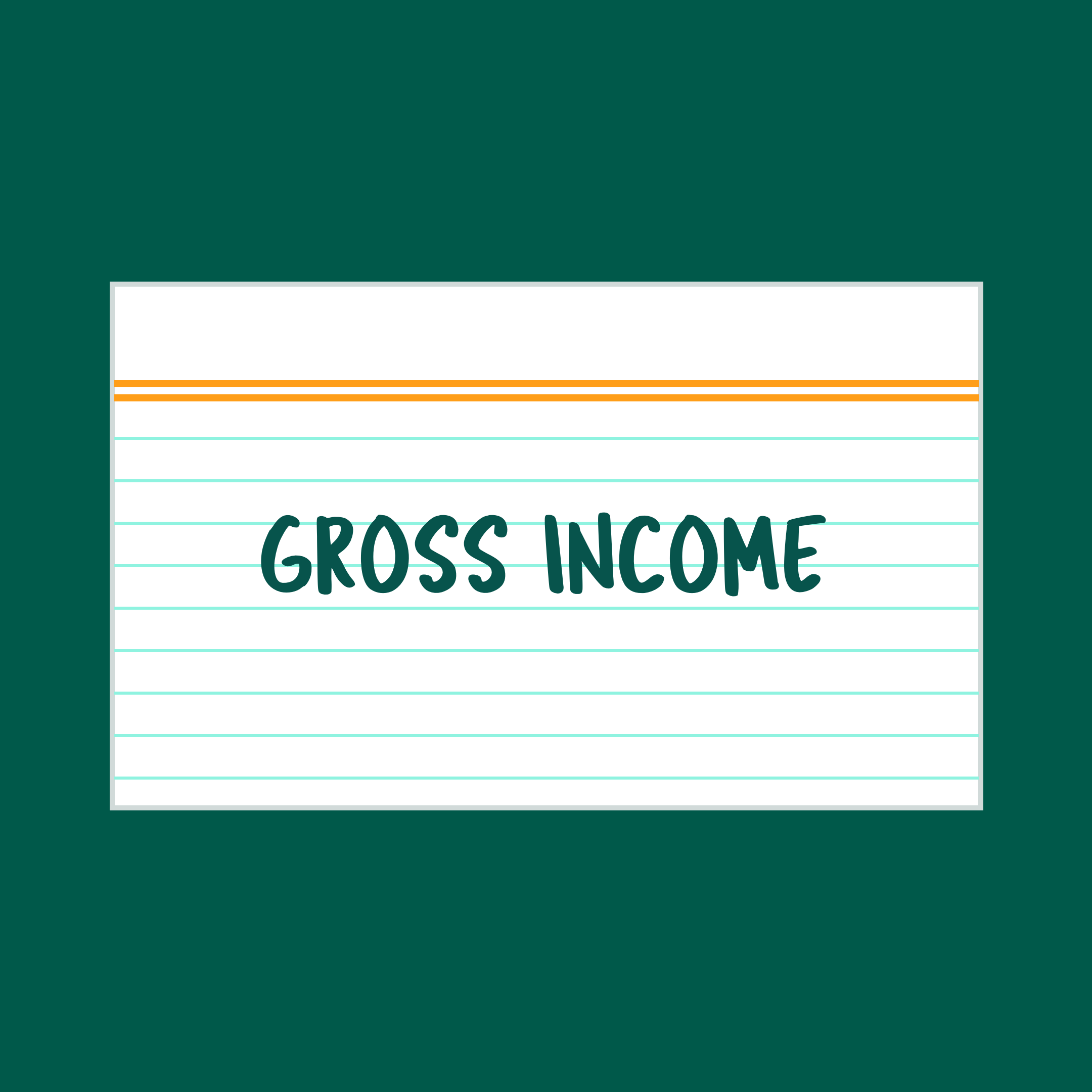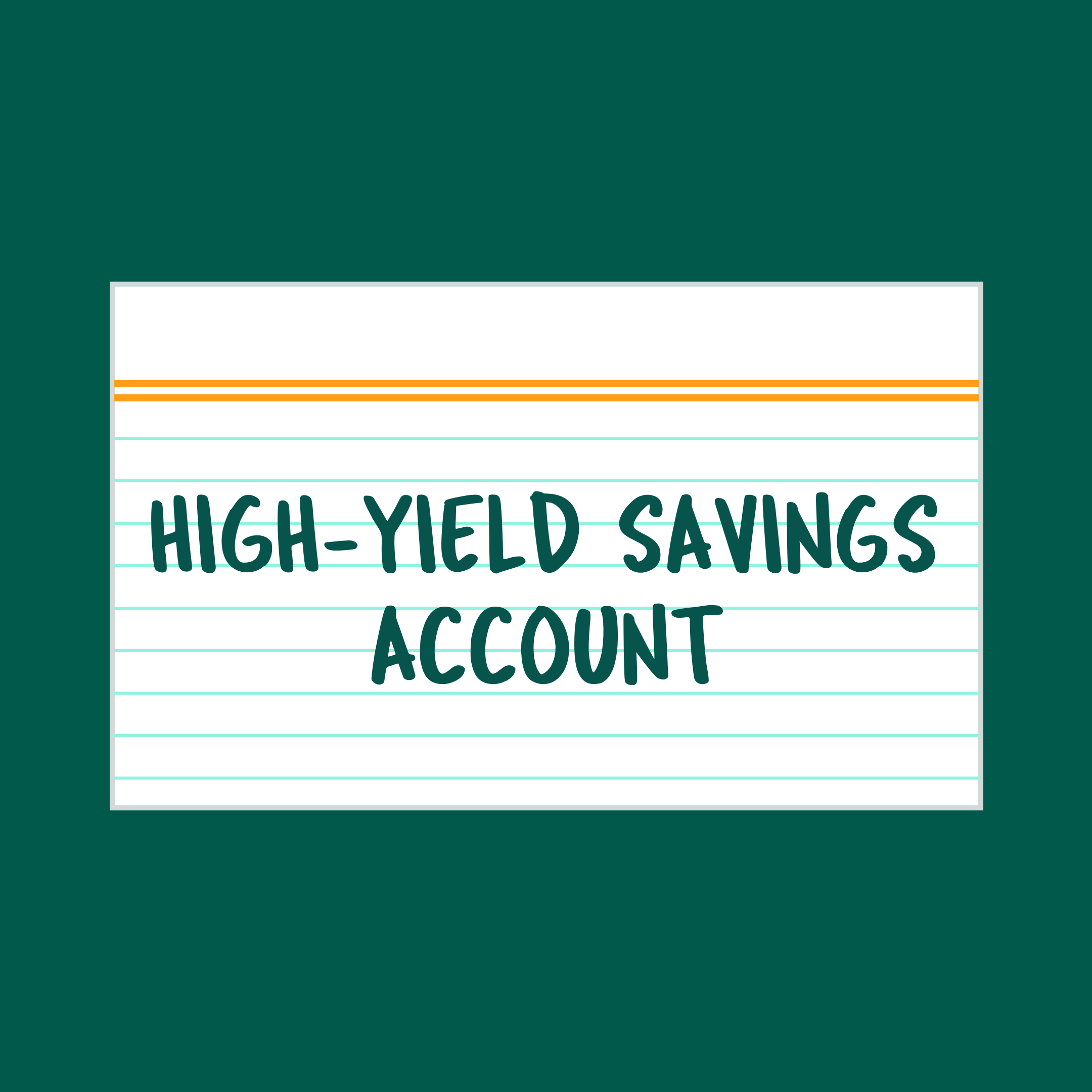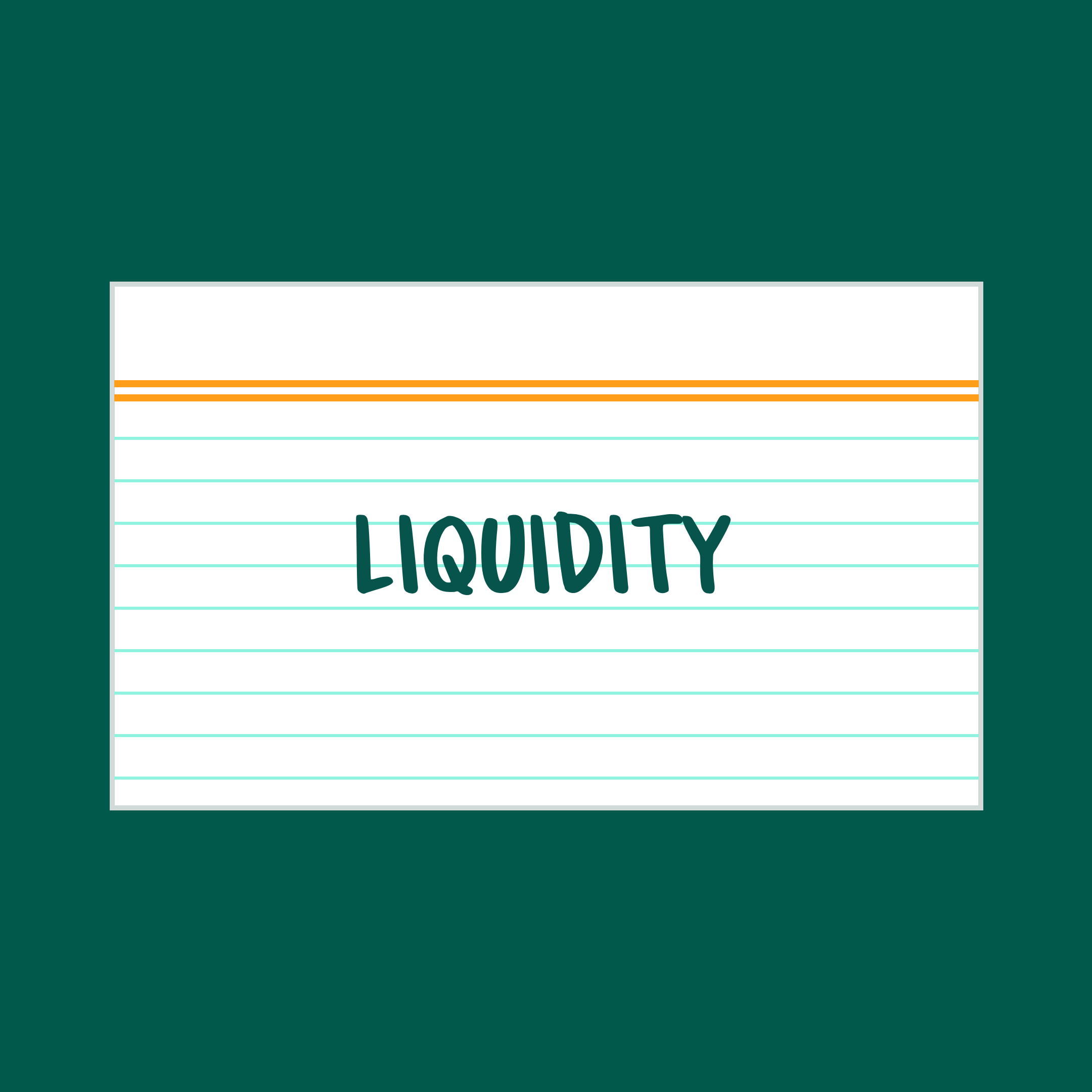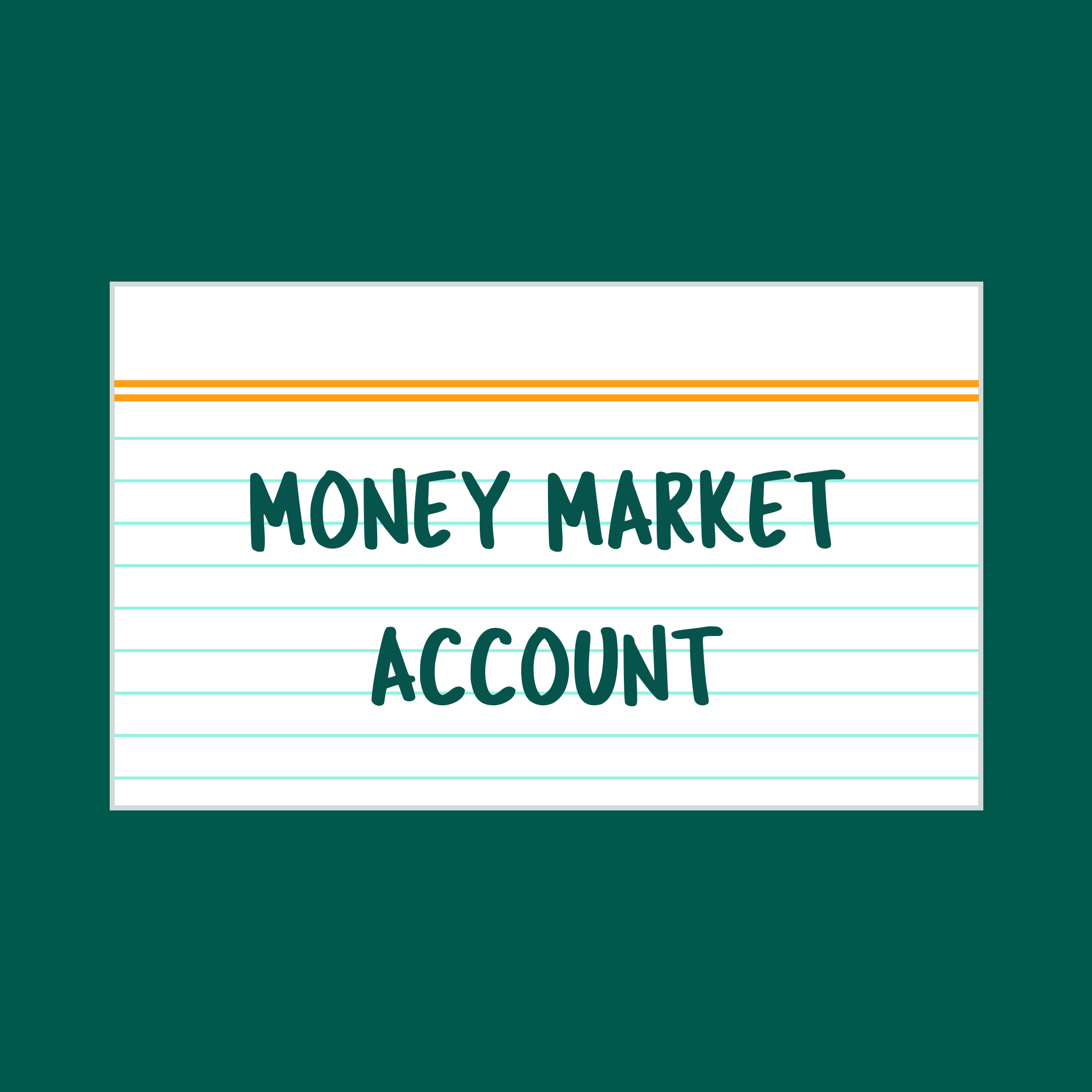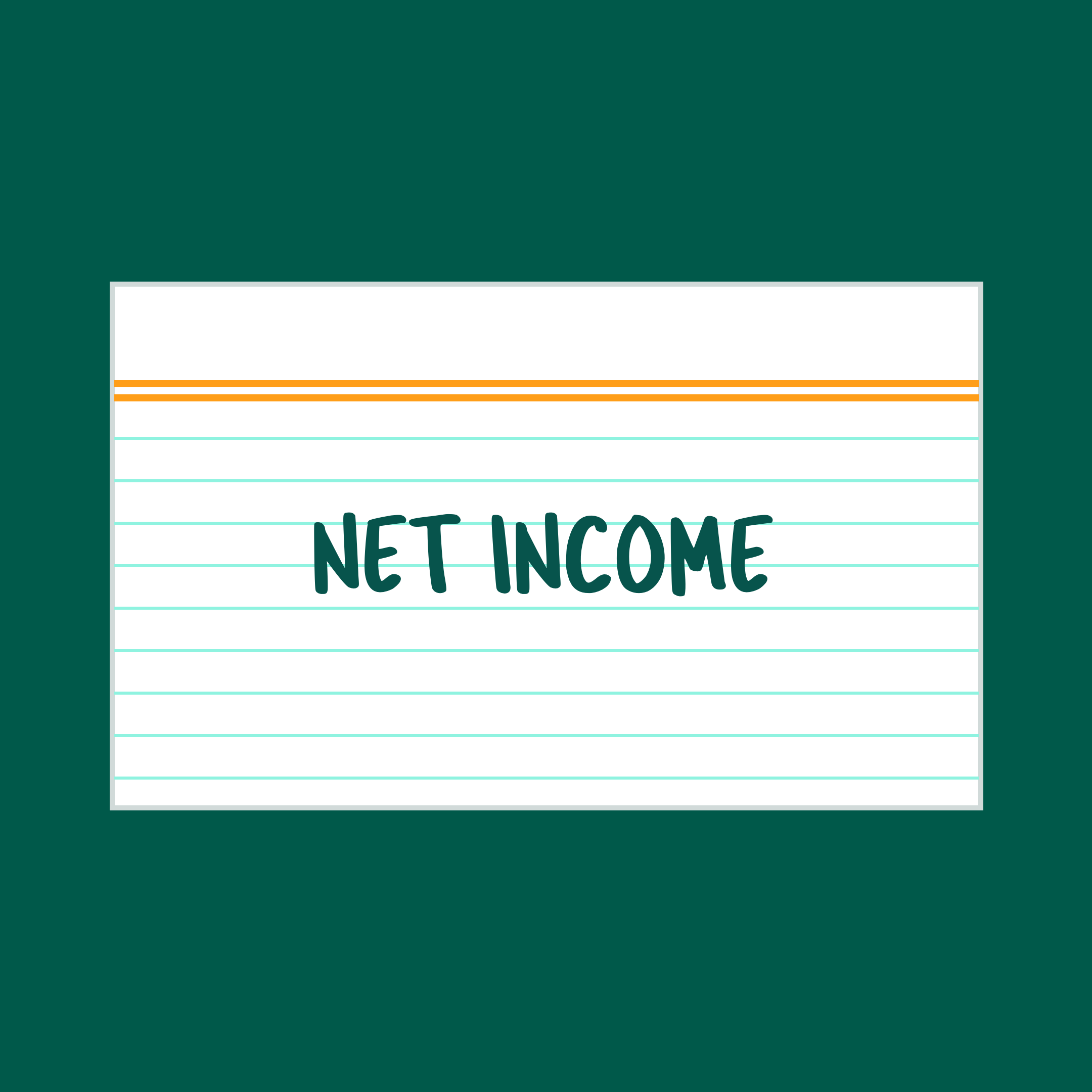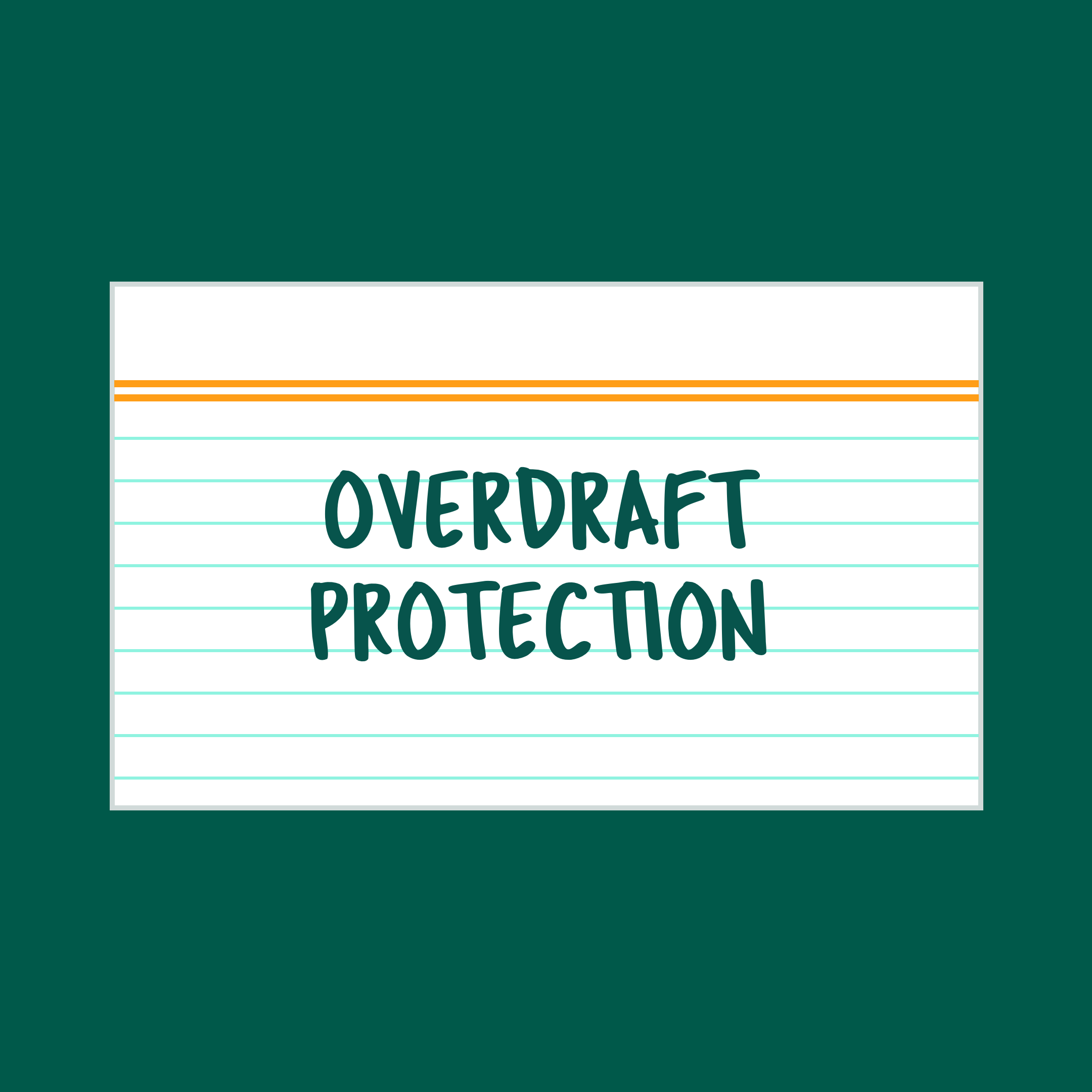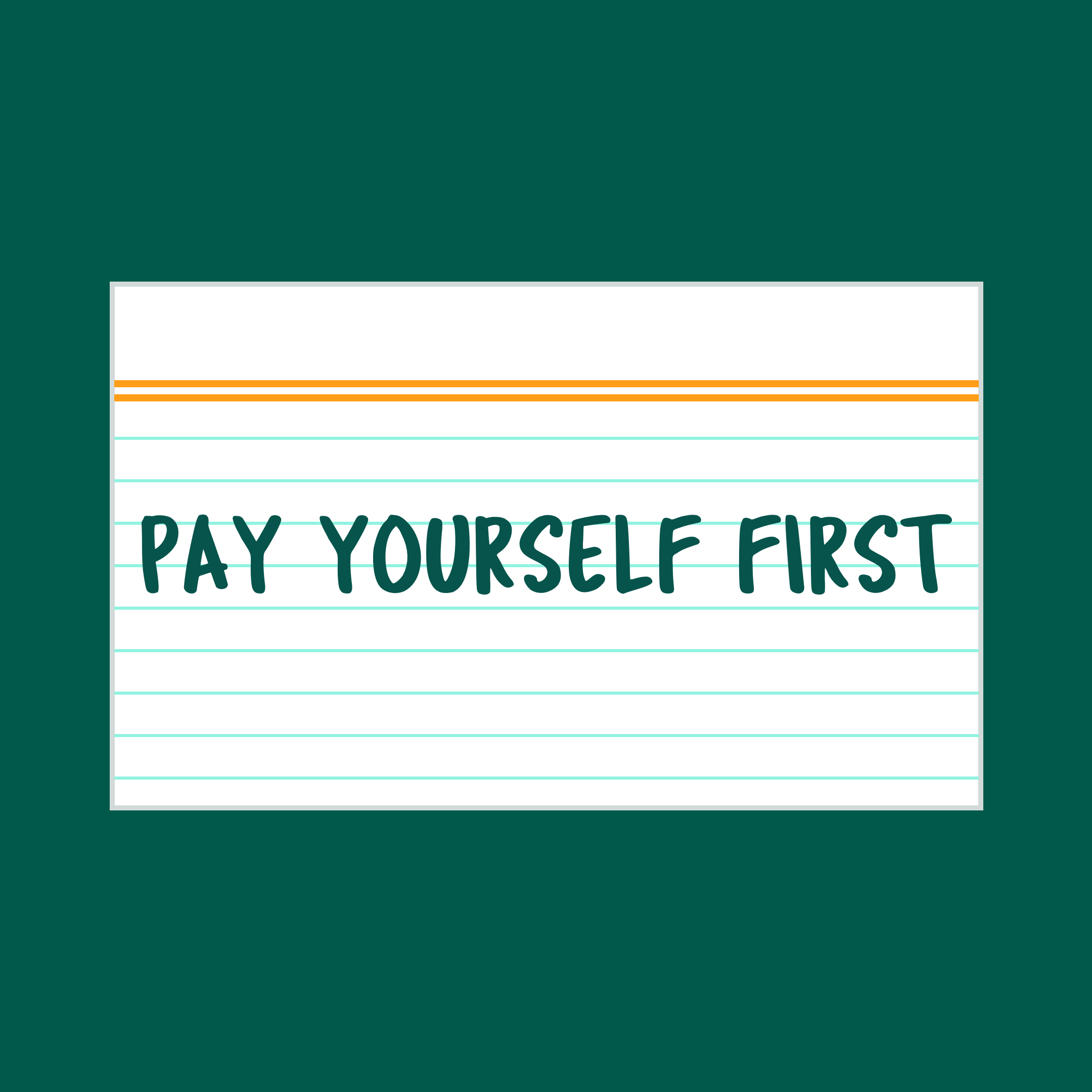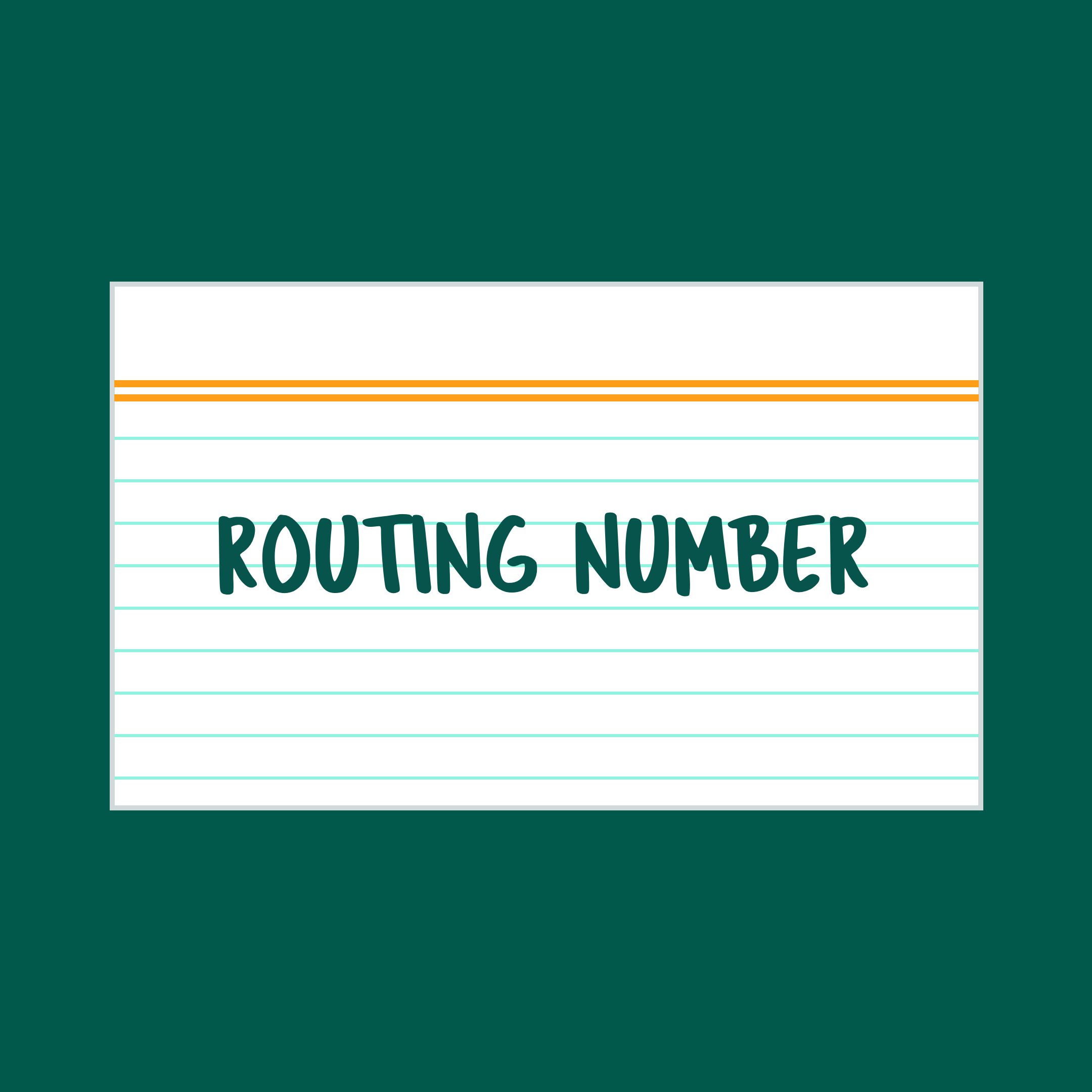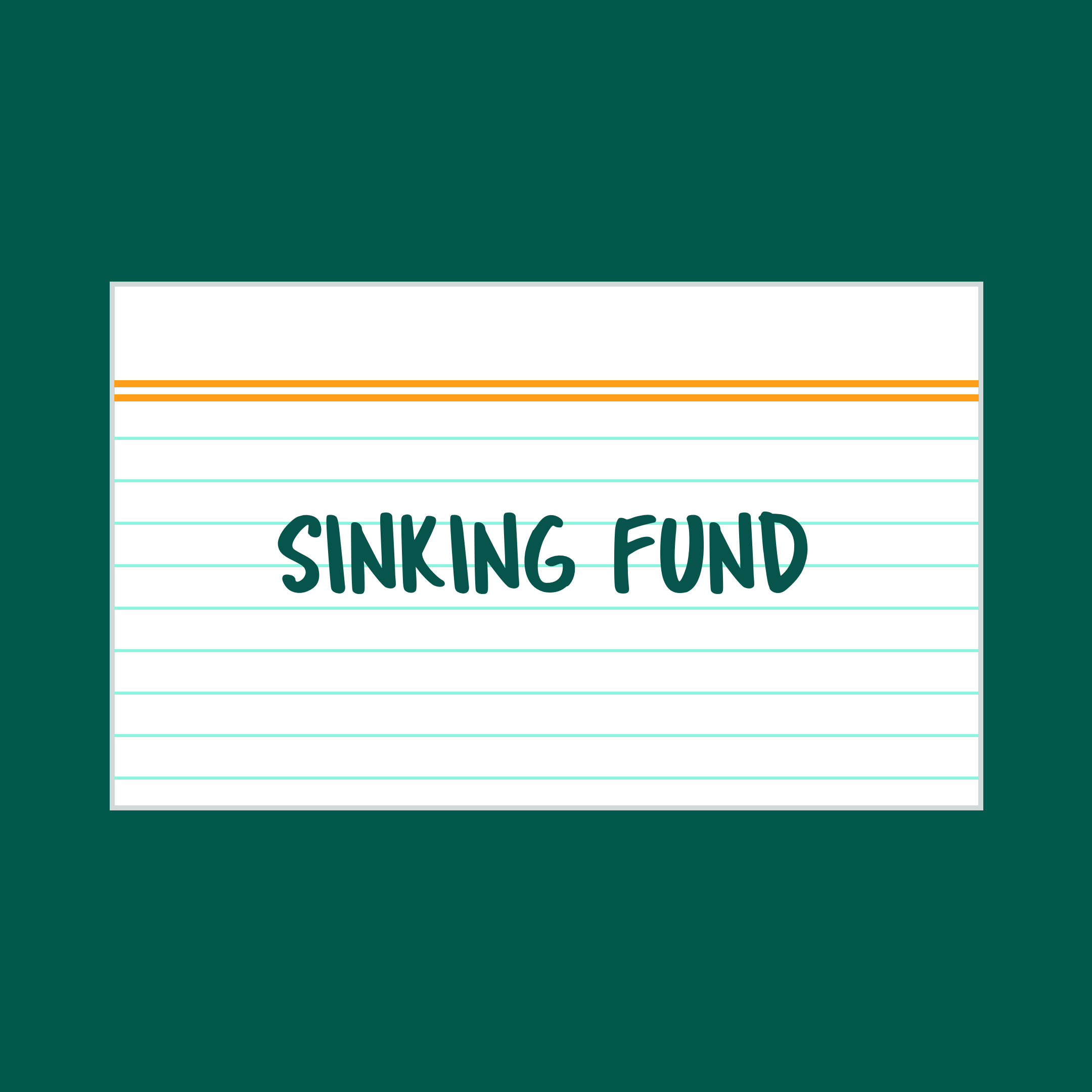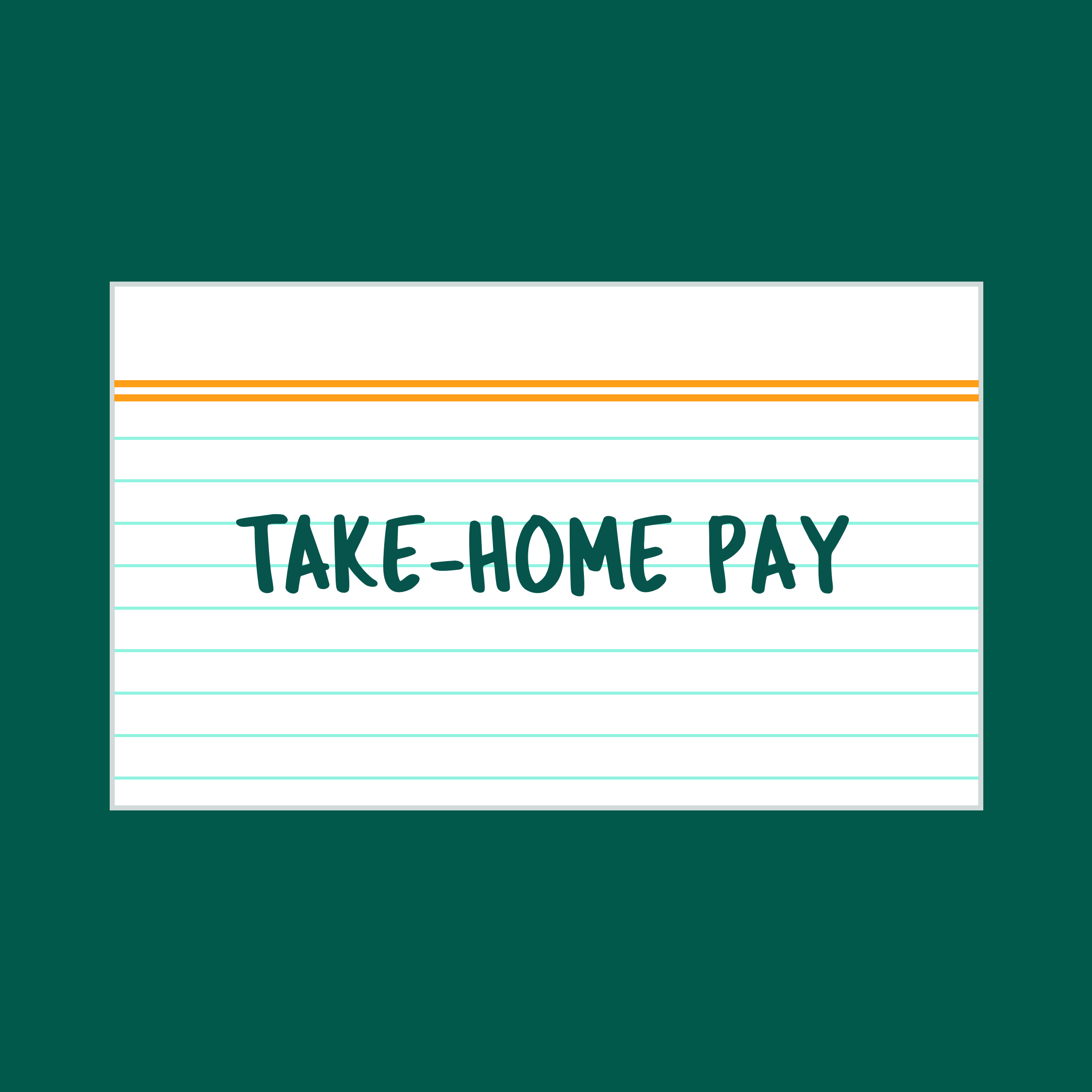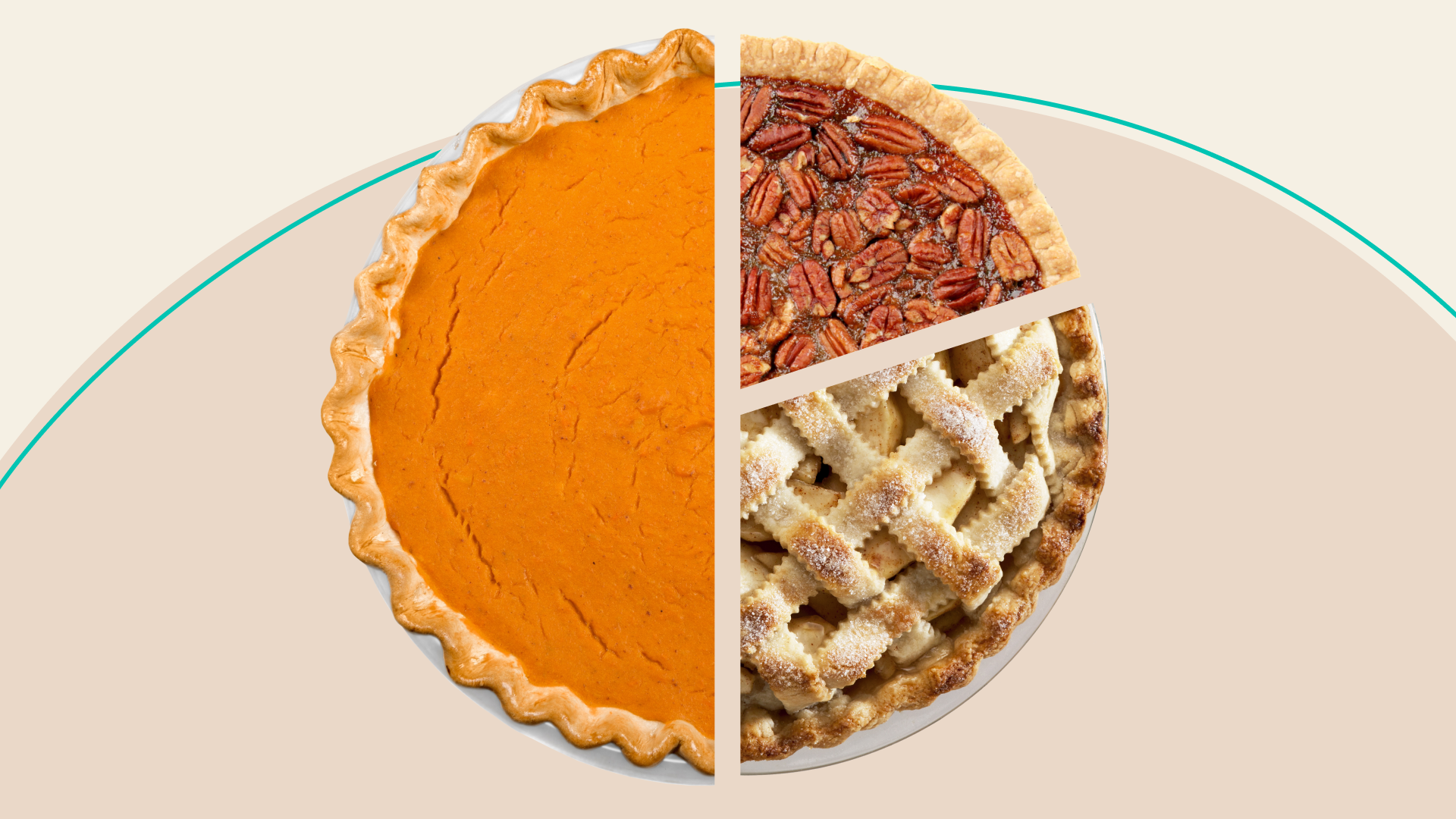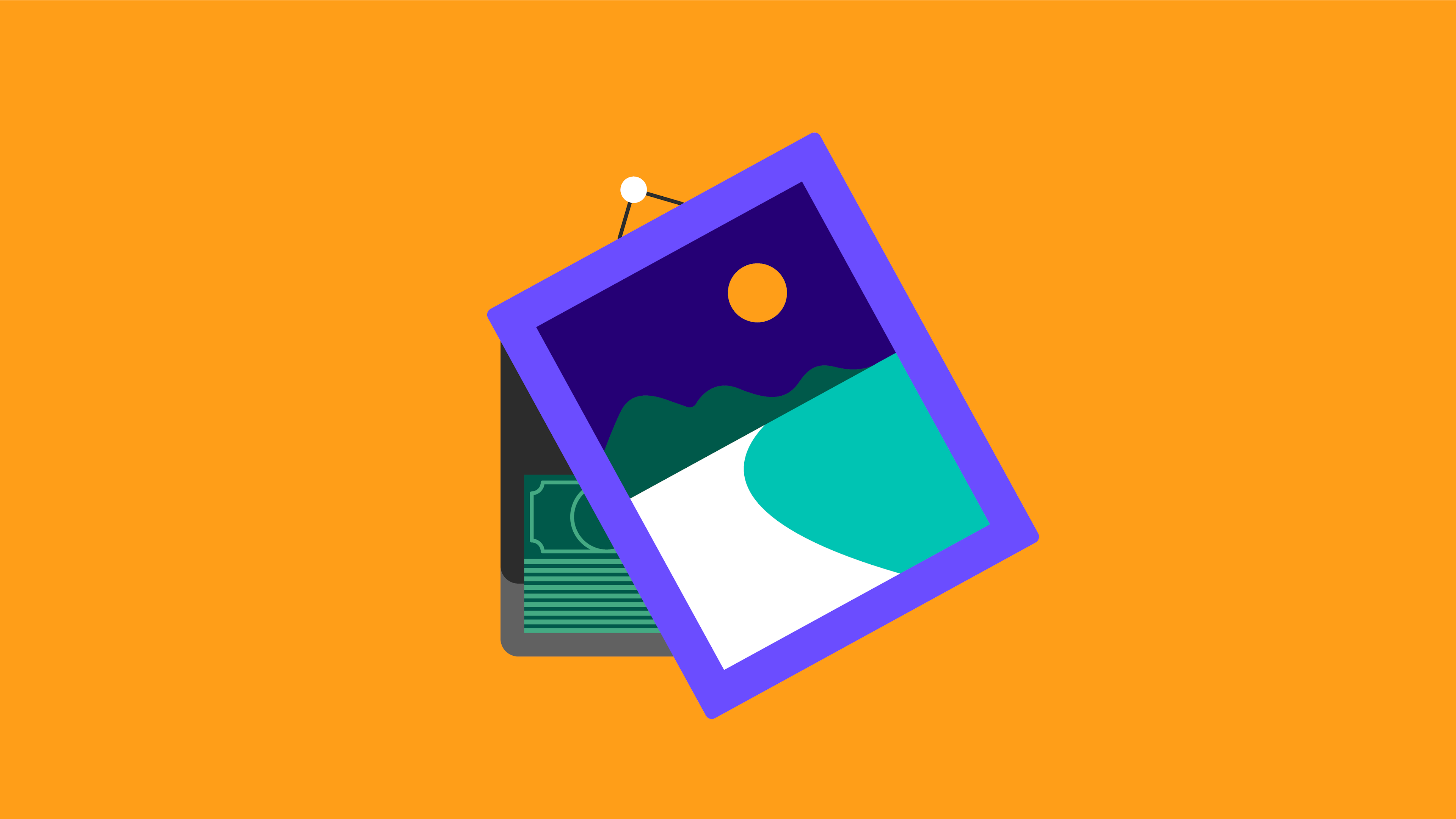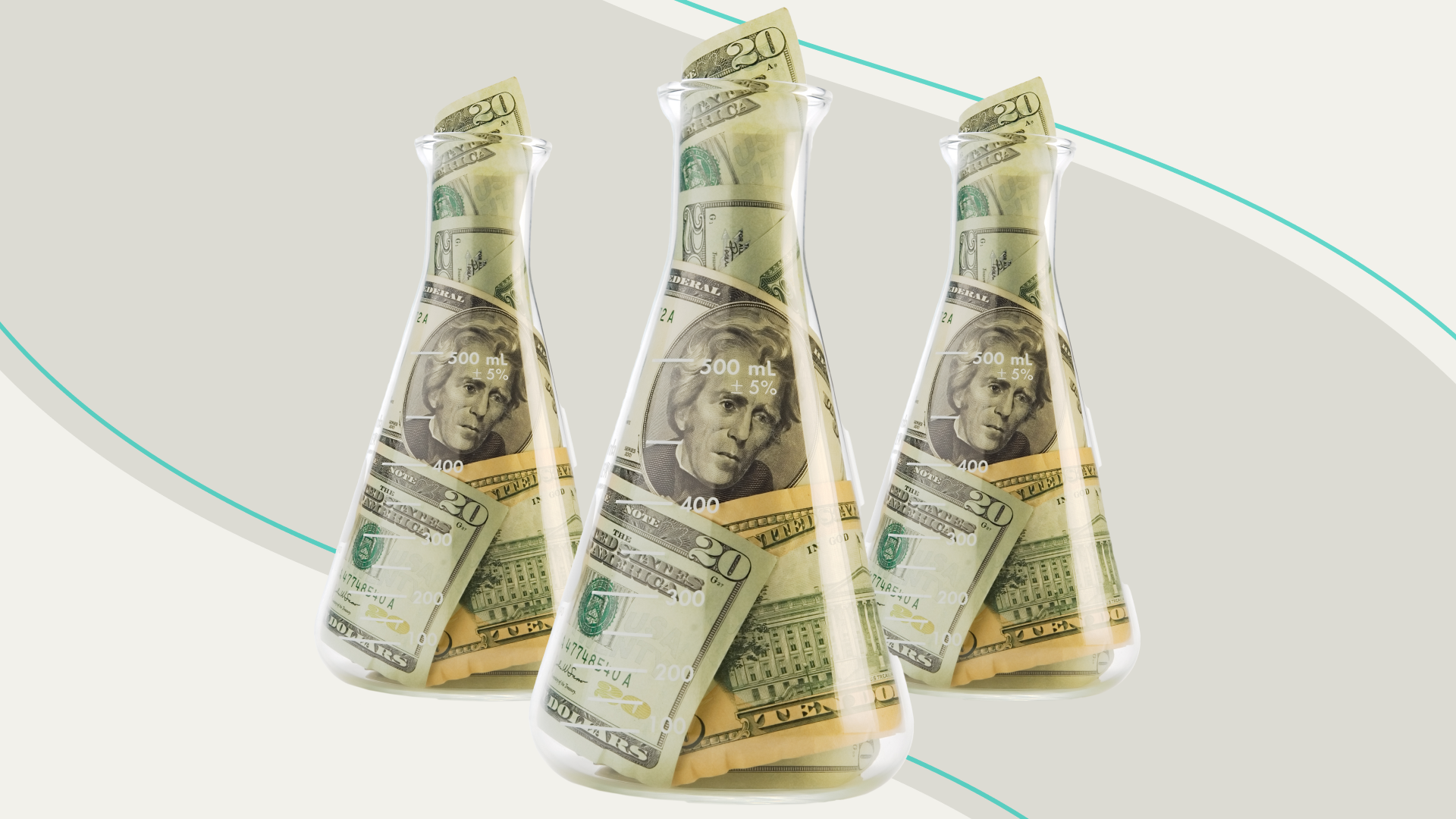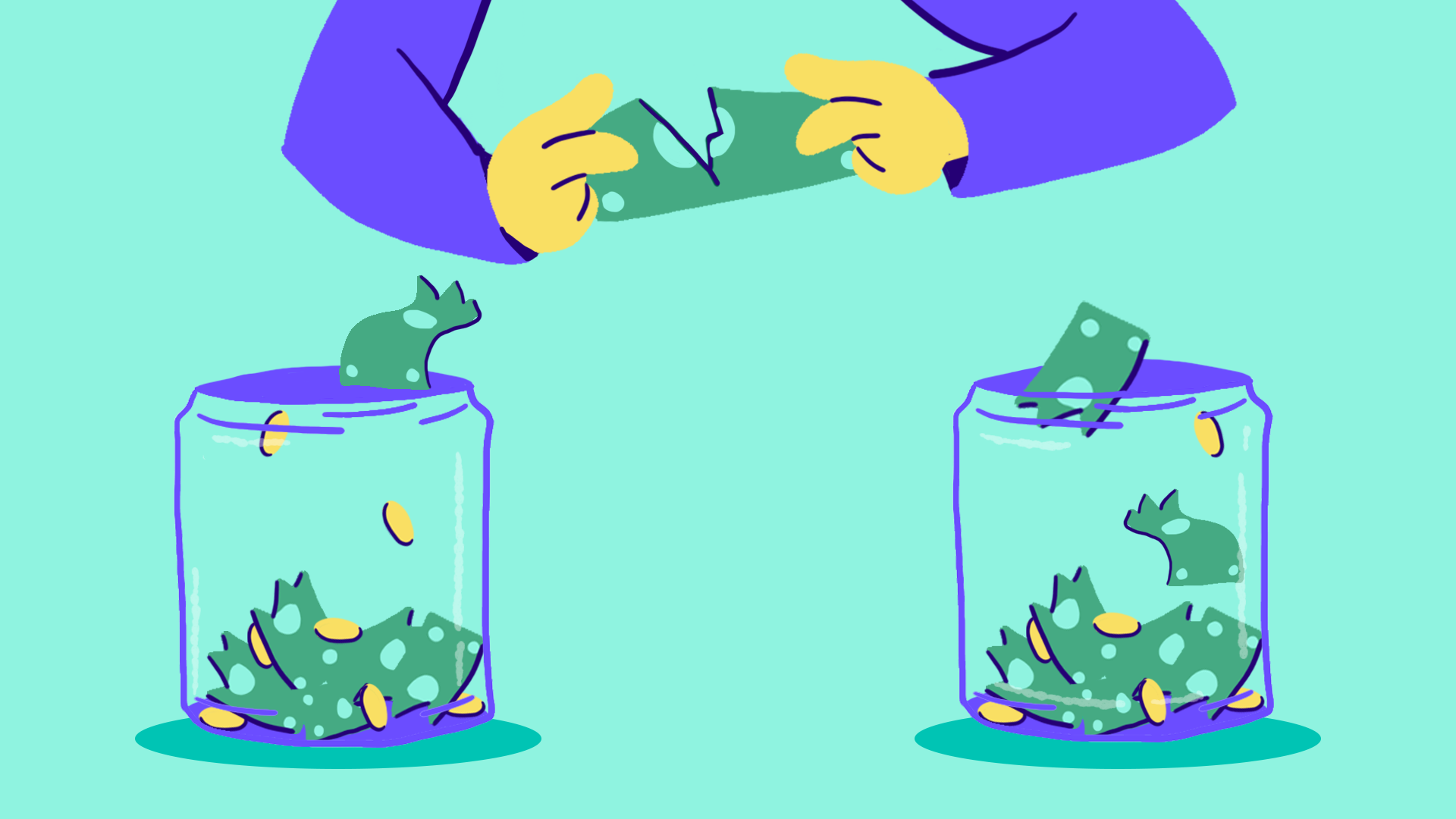
Save for Emergencies
Life's full of surprises. Emergency funds can save the day when you get the not-so-fun and expensive kind. That’s why saving for a rainy day is the first step in living a smarter financial life. Follow these steps to get busy building yours.
Step #1: Set a Goal
You’ve got to start somewhere. How about here? See why emergency funds are a must-have, then take the quiz to find out how much you need to save.Step #2: Talk the Talk
Speaking the 'emergency savings' language is part of the fun(d). Brush up on the top terms you need to know here.Skimmtionary: Emergency Savings
Step #3: Make a Plan
Want more $$$ news from theSkimm?
Sign up for our Skimm Money newsletter for more on the biggest financial headlines and trends, and how they affect your wallet.
© 2025 theSkimm, All rights reserved
This site is protected by reCAPTCHA and the Google Privacy Policy and Terms of Service apply.

